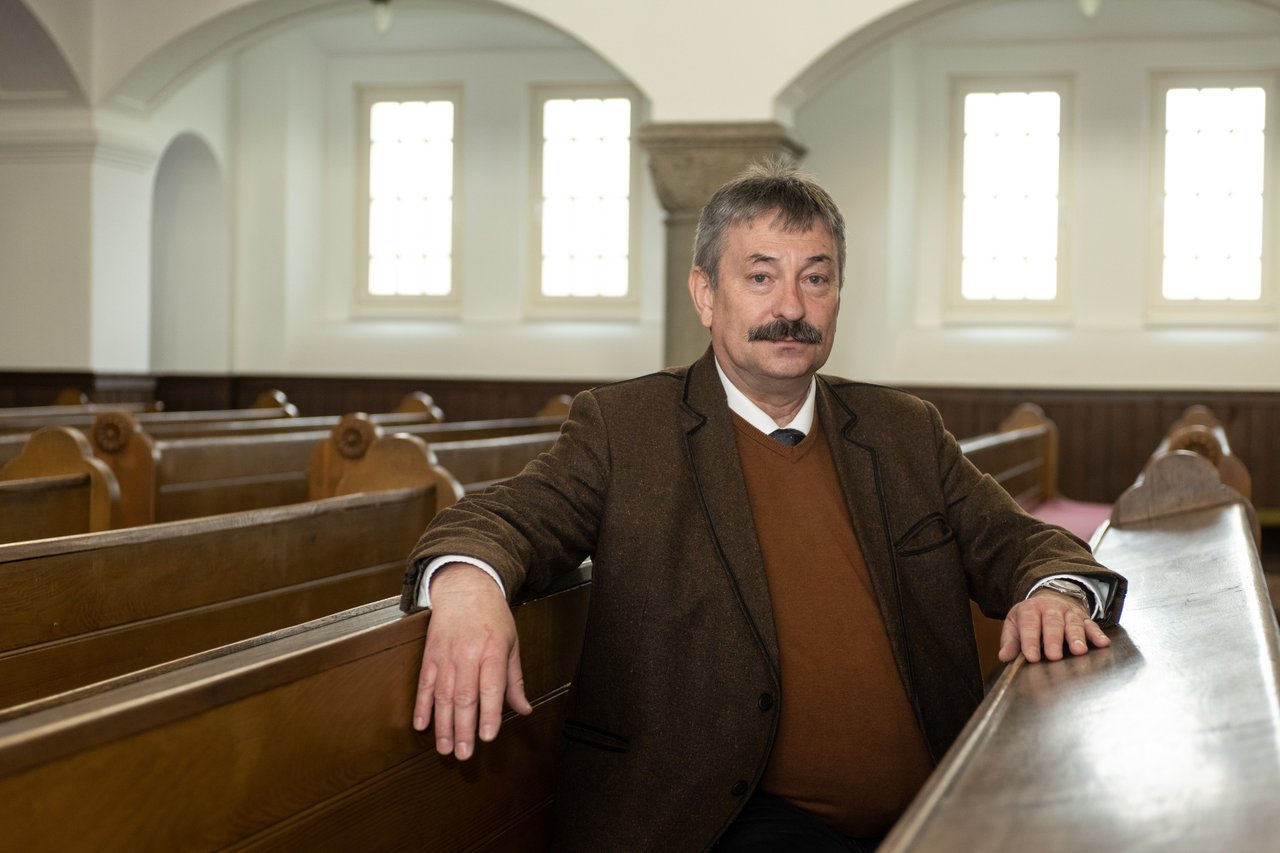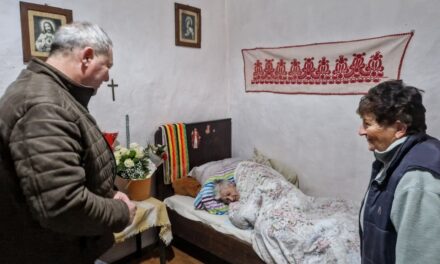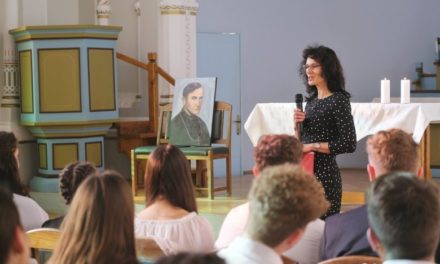They get to know us, they become a part of our lives, we will not only be a title, we will not be a closed church on the main square, but faces, occasions, hymns, and the concept will be filled with life: Reformed people from Komárom - says pastor Máté László, chief clerk of Transdanubia pastors, about their family services. The Komárom congregation can give and receive, evangelize with song. They look for and find God's grace amid the challenges of their lives, they believe that the Holy Spirit is present even during labor.
The church community has existed since the time of the Reformation, at one time it came under the authority of a foreign state as a result of the Trianon Dictator. The congregation was founded in 1921 by people who fled to the truncated country and lost their homes and churches.
The pastor recalled that as a result of the Beneš decrees, Hungarians from the highlands were en masse exterminated and resettled in the motherland, therefore a large part of their community is second- or third-generation displaced. After Trianon, many people fled to this side of the Danube, the next big wave came after the Second World War.
András Nemes, chairman of the board of trustees of the Kecskés László Társaság Foundation, added that on the basis of the Beneš decrees, mostly reformed peasant farmers were destroyed and resettled, who received land and livelihood in southern and eastern parts of Hungary, which were also taken away from them with collective farming. Since most of the highlanders were deported from present-day Révkomárom and the surrounding villages, most of them settled in Komárom from 1959. At least forty percent of the city's population has highland roots.
"...We don't have a permanent city here, but we are looking for the one to come" - these lines from the letter written by A Zidokoz have been lived many times.
"The grandparents didn't even unpack because they hoped to return to their homeland. Because of fear, there was no mention of what they had experienced until the regime change, how they fled across the Danube, how many of their family members drowned or who was shot by the Czechoslovak border guards, how the deportation took place. Only in the nineties did Komárom and Hungary face the tragedy," explains the presbyter.
The Kecskés László Társaság undertook to collect the memories of those involved, which were also published in publications. Mrs. András Nemes believes that this also required the support of the congregation. He also recalled what brought healing to people.
"The first step leading to that was solving the secret, the people involved started talking about it. Every year we remember these tragedies. For the fourth generation, this is just history, sometimes they don't even understand why they feel fear when they cross over to the other side. A close relationship developed between the Reformed people living on the two banks of the Danube. They will tell us why Hungarians will run out over there," shared András Nemes.
Source: vasarnap.hu
Featured image: reformatus.hu












